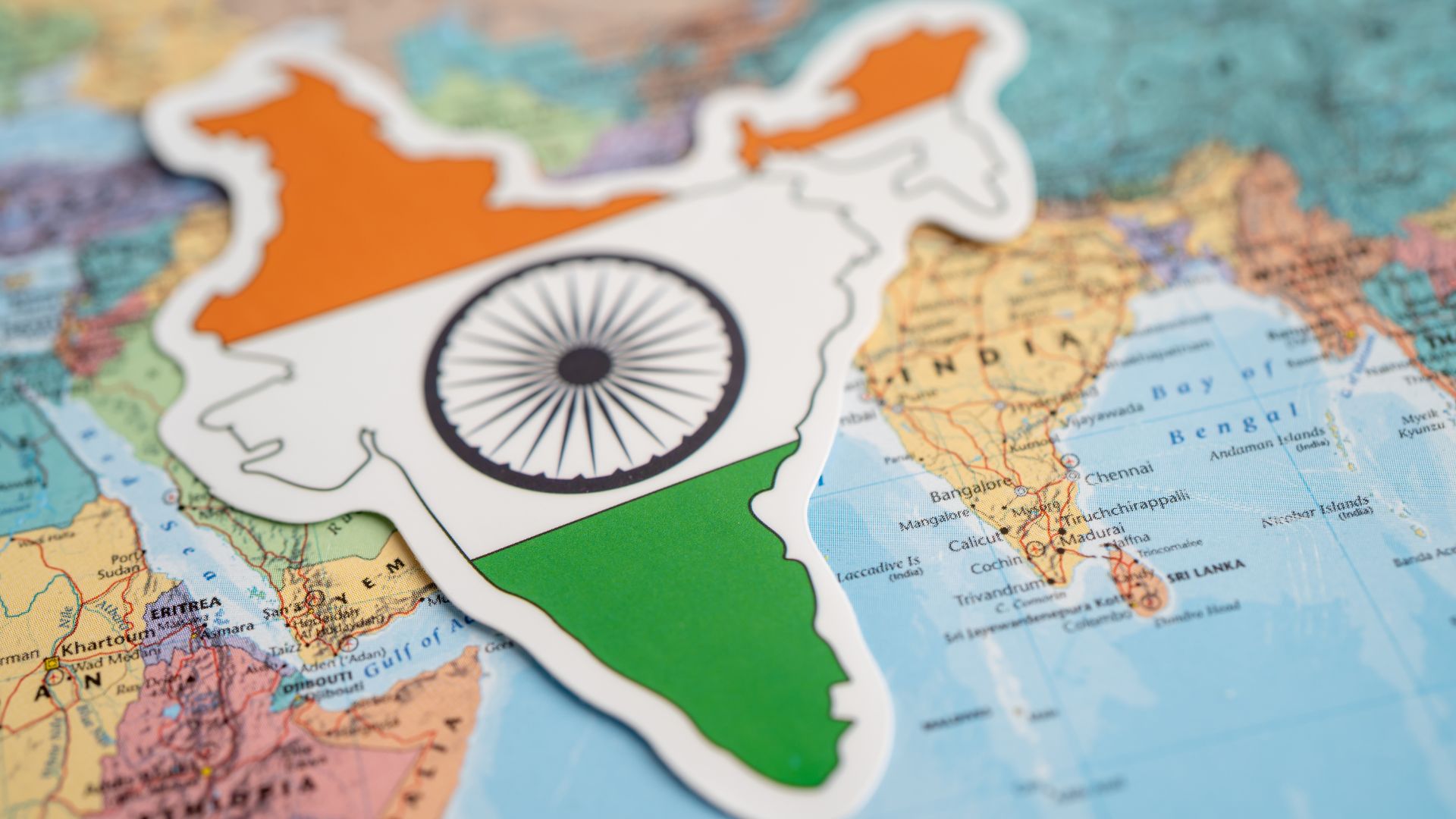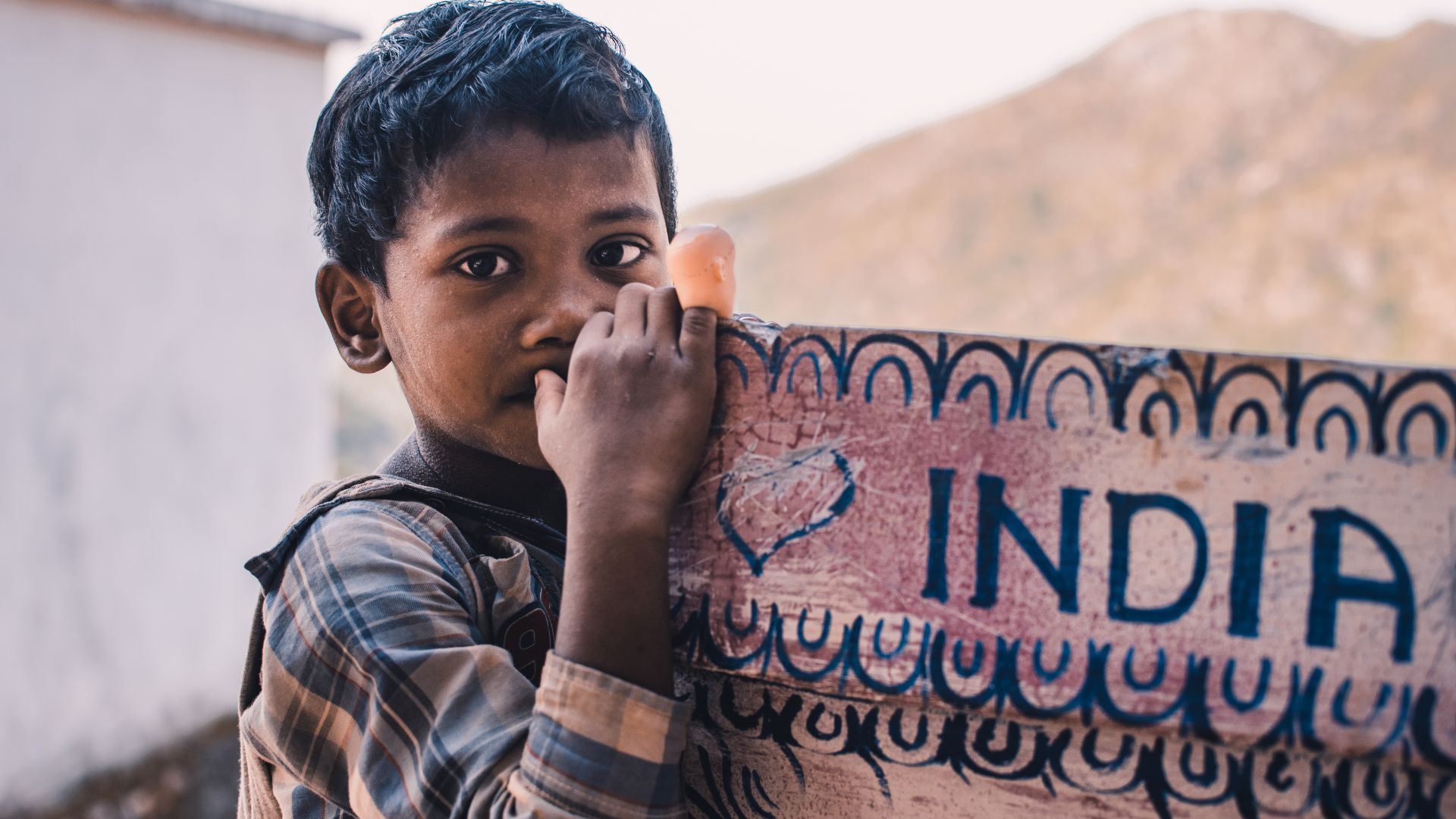India is a country rich in languages, just as it is in culture. With over 270 languages and dialects, the variety is stunning, from well-known official languages like Hindi and Bengali to the lesser-known ones that hold great importance for smaller communities. This guide dives into the major language families—Indo-Aryan, Dravidian, Austro-Asiatic, and Sino-Tibetan. It also shows how these languages shape society, education, and government.
The 22 Official Languages of India

- Assamese
- Bengali
- Bodo
- Dogri
- Gujarati
- Hindi
- Kannada
- Kashmiri
- Konkani
- Maithili
- Malayalam
- Manipuri
- Marathi
- Nepali
- Odia
- Punjabi
- Sanskrit
- Santali
- Sindhi
- Tamil
- Telugu
- Urdu
India’s Constitution recognizes 22 official languages, showcasing the country’s rich variety of languages. These are listed in the Eighth Schedule, highlighting India’s deep cultural and linguistic roots.
Hindi and English are mainly used by the central government, but each state can choose any of these 22 languages, or even other regional languages, as their official ones. This shows India’s strong commitment to supporting its diverse languages.
Most Commonly Spoken Languages in India

| Language | Percentage of Population | Primary Regions |
| Hindi | 43% | Northern and Central India |
| Bengali | 8% | West Bengal, Tripura |
| Marathi | 7% | Maharashtra |
| Telugu | 7% | Andhra Pradesh, Telangana |
| Tamil | 6% | Tamil Nadu, Puducherry |
| Gujarati | 5% | Gujarat |
| Urdu | 5% | Various States |
| Kannada | 4% | Karnataka |
| Odia | 3% | Odisha |
| Malayalam | 3% | Kerala, Lakshadweep, Puducherry |
| Punjabi | 3% | Punjab, Chandigarh |
| Assamese | 1.5% | Assam |
| Maithili | 1% | Bihar |
Hindi, Bengali, and Telugu are some of the top languages in India. Hindi is really popular, especially in the north. It’s part of the Indo-Aryan family of languages. Bengali is big too. It’s spoken a lot in West Bengal and nearby places. Telugu, on the other hand, is more common down south in Andhra Pradesh and Telangana, and it’s from a different language family called Dravidian. These languages are super important. Millions of people use them every day. They’re also key in schools, in government, and on TV and radio.
Also Read: Discover 80 Ways To Say ‘Love’ In Different Languages
How Many Languages Are Actually Spoken in India?
India is a country rich in languages. In fact, people there speak over 270 different mother tongues. The government officially lists 123 languages and recognizes another 147 from smaller groups. This shows how diverse the country’s cultures and regions are.
While Hindi and Bengali are spoken by many, smaller languages like Gangte and Bhili are also very important culturally. The Indian Constitution acknowledges 22 of these languages, which highlights India’s dedication to celebrating and maintaining its diverse linguistic heritage across its many states and communities.
Interesting Facts About Languages in India
- India has 22 official languages recognized by the Constitution.
- Hindi is the most spoken language with over 40% of the population using it.
- Tamil is one of the oldest languages in the world, with a history of over 2,000 years.
- Sanskrit is the root of many Indian languages and is still studied today.
- India has over 1,600 dialects, showing the country’s incredible linguistic diversity.
- Many Indian languages have their own scripts, such as Devanagari for Hindi and Gurmukhi for Punjabi.
- India celebrates Linguistic Diversity Day every year on February 21st to honor its rich linguistic heritage.
- Language influences culture heavily in India, with many festivals, customs, and traditions tied to specific languages.
- Code-switching between languages is common, with many Indians fluent in more than one language.
- Language preservation efforts are ongoing for many endangered languages spoken by small communities.
Also Read: How To Say ‘Yes’ And ‘No’ In 84 Different Languages
Conclusion
India is a place full of different languages, and this is a big part of what makes the country special. Imagine, there are 22 official languages and even more dialects! From popular languages like Hindi and English to less familiar ones like Bodo and Dogri, each one has its own story and importance.
This mix of languages doesn’t just add to the country’s culture; it also shapes how people live and work together. Really, to get a full picture of India, it’s crucial to see how all these languages play a part in everyday life. Keep visiting the Translation Blog to learn more about different languages of the world.

